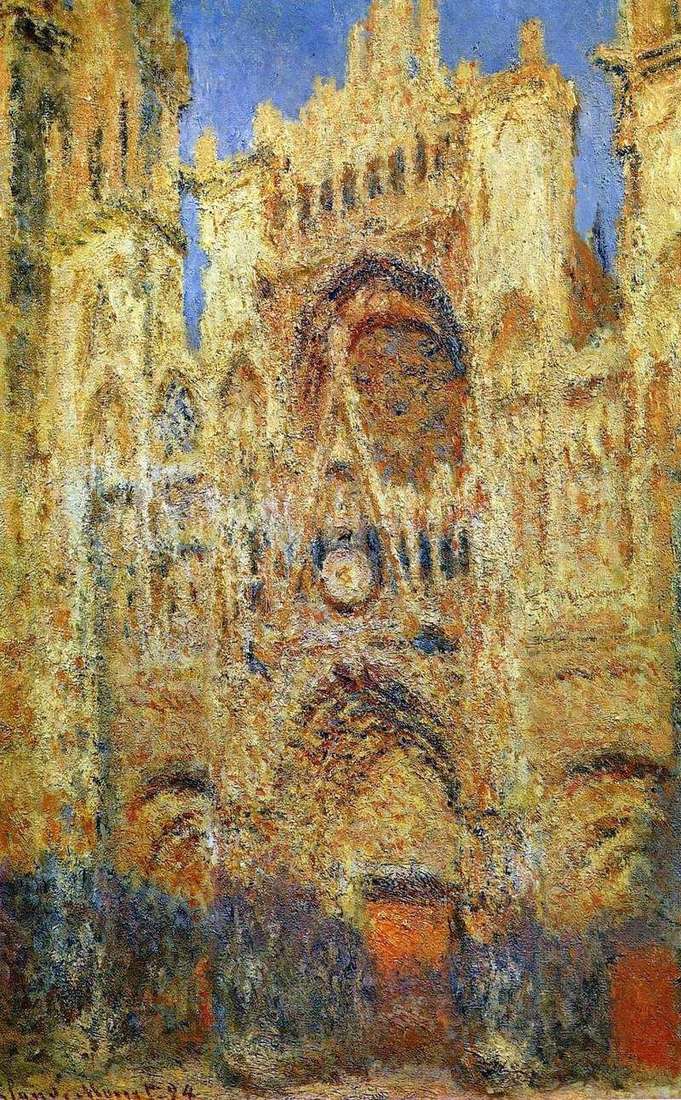
Only Monet could turn a huge mass of limestone into a pure vibration of light. Artists have previously written different variations of the same motive. But what makes Monet’s paintings in the series is his desire to write almost the same view with a different state of atmosphere and lighting.
Consistently reflecting the change of lighting from dawn to evening twilight, Claude Monet wrote fifty species of the majestic gothic façade, dissolving in the light. The secret of the creation of this series with the image of the cathedral in Rouen Monet initially protected even from friends. It seems he never wrote with such tension and inner doubt.
For 2 years, Monet repeatedly came to Rouen and brought unfinished sketches to Giverny and finished them in the workshop. The sole intention of the artist was to transmit light through color and show how the color changes from the state and nature of the light; to show that light does not exist by itself, and perhaps matter does not exist – only a changeable illusion of it. In February 1892, Monet for the first time rented a small room opposite the cathedral.
This year and the next, he painted the western facade of the cathedral from three points of view, which only slightly differ from each other. The series of “Cathedrals” is not only the pinnacle of the work of the mature master, but also marks his final victory. In May 1895, twenty of a large number of paintings forming the series dedicated to the Rouen Cathedral were exhibited in the Durand-Ruel Gallery. The exhibition was a great success.
The paintings occupied a whole room and were hung out according to Monet’s plan: at first the gray series was a huge dark mass, which gradually brightened more and more, then the white series, imperceptibly passing from faint flickering, to an ever increasing play of light, reaching its climax in the rainbow series ; and then the blue series, where the light gradually softens into blue, melting like a bright heavenly vision. The western facade, cut off by the frame – the fantastic decoration of this masterpiece of the “flaming” Gothic style hides an array of a huge building. Under Monet’s brush, everything loses its certainty and materiality.
The grand facade turns into a kind of grand screen, which reflects the complex effects of refracted light. The stone melts in the streams of the setting sun; in the morning, the facade is loaded in a purple shade, penetrated by flashes of orange light. At the top – a blue spot of the sky, stone arches above the facades have become weightless, the window pattern has disappeared into the shadows, and clear lines between the individual elements of the structure have disappeared. The midday sun lights up with a honey-golden flame on the illuminated edges of architecture, the glow comes from the inside of a stone.
There is no space, volume, weight, texture of the material. The game of light reflexes strikes the ghost of the cathedral. Monet’s friend, a politician, and later Prime Minister Georges Clemenceau was bothering about buying paintings by the state. However, the attitude of official institutions remained still negative. The series, which the master created and presented as a single unit, sold out in different countries.
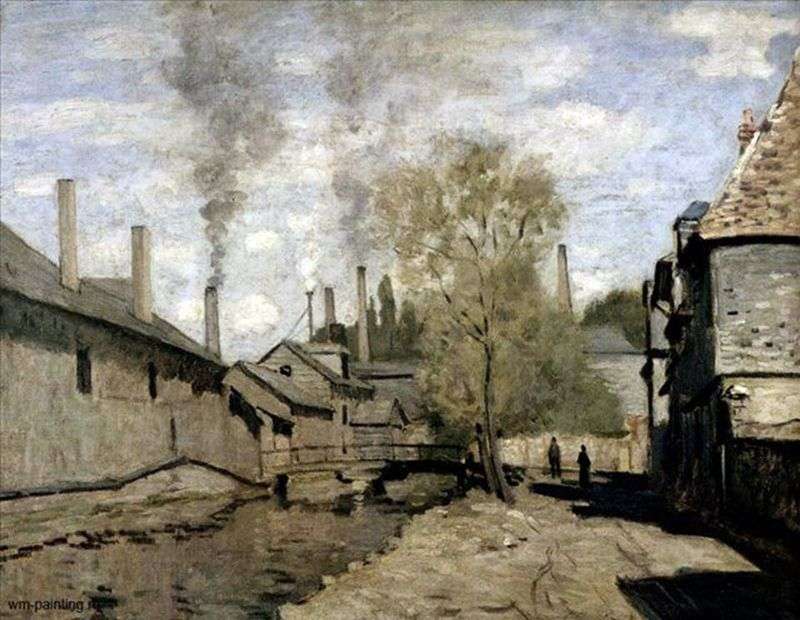 Robeck River in Rouen by Claude Monet
Robeck River in Rouen by Claude Monet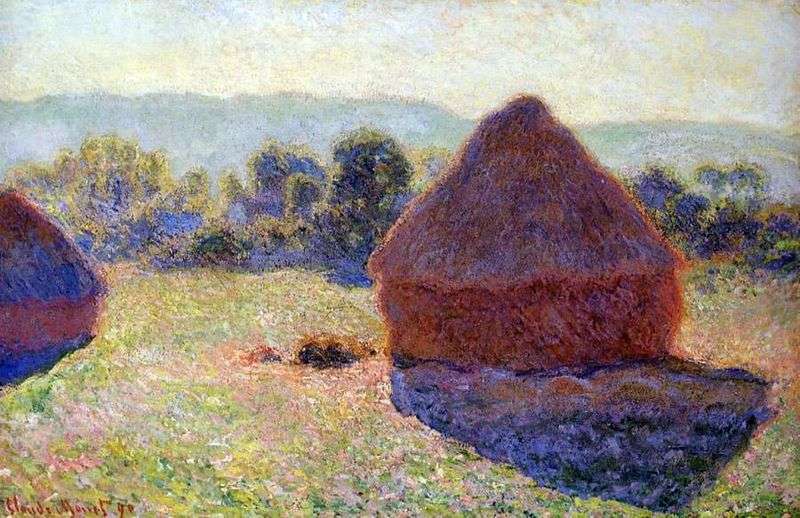 Haystack on a sunny afternoon by Claude Monet
Haystack on a sunny afternoon by Claude Monet Types of Rouen by Claude Monet
Types of Rouen by Claude Monet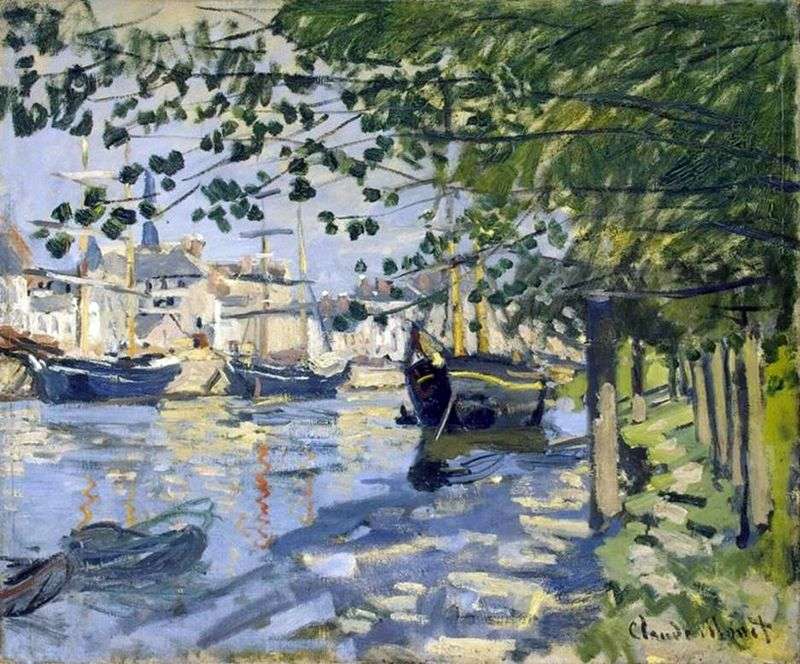 Seine at Rouen by Claude Monet
Seine at Rouen by Claude Monet Dusk. Venice by Claude Monet
Dusk. Venice by Claude Monet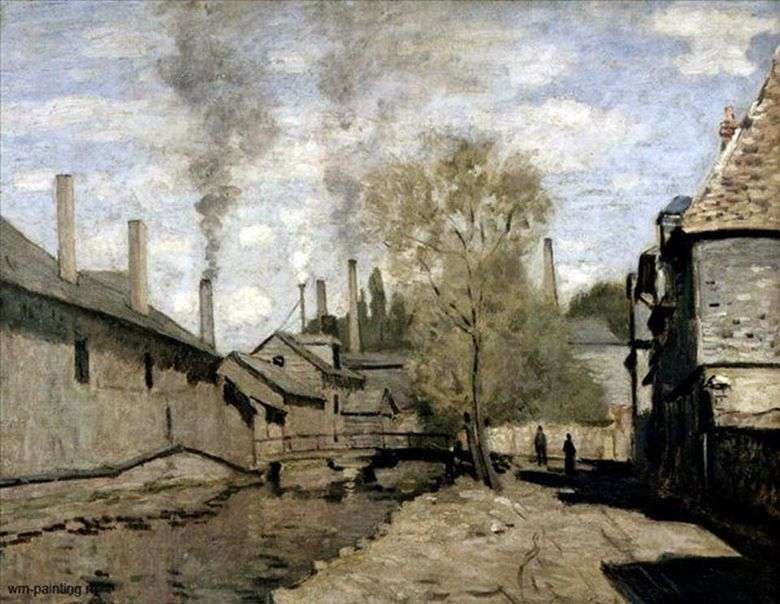 El río Robek en Rouen – Claude Monet
El río Robek en Rouen – Claude Monet Haystack by Claude Monet
Haystack by Claude Monet Rivière Robeck à Rouen – Claude Monet
Rivière Robeck à Rouen – Claude Monet